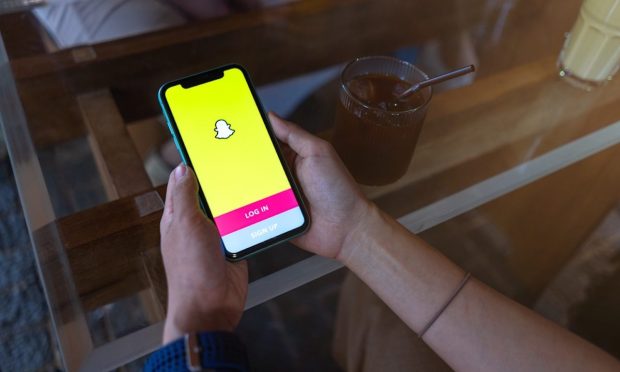Social Commerce Is Retail’s New Inventory Headache

Retailers and brands have largely embraced the ability to meet consumers where they’re congregating on social networks, with Facebook, TikTok, Snapchat and others rolling out features to help merchants communicate with shoppers and integrate commerce into their social presence.
But the rise of social commerce is also presenting some challenges for brands, according to Yuval Ben-Itzhak, president and chief strategy officer at Emplifi. One of the most prevalent issues, he said, is keeping track of inventory, pricing and shipping across the myriad shops and social marketplaces where products are sold.
“It’s a headache, and you won’t find it on the eCommerce platforms like Magento or WooCommerce,” Ben-Itzhak said. “They cannot help you to use the main inventory database and publish it across all those shops and manage inventories.”
Emplifi earlier this month unveiled a new set of social commerce tools, including one called Shop Sync that integrates with Facebook Shops and Instagram Shops to track inventory and help brands to scale, aimed at solving this problem.
TikTok earlier this week also announced a new full-service shopping solution where the social media company will manage everything for merchants, including shipping and point of purchase. It also plans to launch a TikTok Shopping API later this year that will allow businesses to integrate their product catalogs directly into the app.
Related news: Square, TikTok Team up to Link Online Sellers via Social Media Platform
TikTok has become a go-to place for brands looking to host livestreamed shopping experiences. Walmart, for example, has held two events through the app in the past year, and countless other brands and businesses have used it to reach a younger audience.
Ben-Itzhak said it’s imperative that brands build out their social commerce capabilities sooner rather than later, as the shopping option will continue to grow at a rapid clip. Shopify saw a 76% increase in its social commerce channels between February 2020 and February 2021, with TikTok the fastest-growing platform. Recent Shopify research determined that 54% of consumers ages 18 to 34 found brands on social media, and 28% made purchases there.
See also: TikTok Reaches 1B Monthly User Milestone
“If you look at Gen Z and people who are used to shopping in this rich environment, for the brands, there will be big challenges, and they will need additional technology to fill the gap and be able to respond at scale,” noted Ben-Itzhak.
Competing on Experience
Ben-Itzhak told PYMNTS that with the acceleration of eCommerce, “it’s not about another technology or another data point — it’s all about the experience.” When integrating video, for instance, merchants can increase their conversion rate from 3% to nearly 30%, he said, and average order value (AOV) can jump 25%.
“The last thing you want to do is reduce your price to get the client, so the battle leads on experience,” he explained. “It’s the purchase experience, it’s the care experience, and that’s where the competitive advantage is.”
Earlier this month, Emplifi acquired live commerce software provider Go Instore, which Ben-Itzhak said will expand the services offered to brands. With Go Instore, brands can offer “one-to-many” shopping events, where a host presents a set of products; “one-to-one” shopping experiences, where a sales associate answers questions or helps a customer make a purchase; and a hybrid approach, or what Ben-Itzhak called a “bridge,” that’s becoming increasingly important for retailers to consider.
“People may have a specific question that they don’t want to ask in front of everyone, and they want to have a call with someone right now,” Ben-Itzhak said. On Zoom, he noted, people can be put into breakout rooms for individual attention, “but that’s a business type of experience. When you think about the consumer experience, you need a similar thing because you want to allow them to purchase, you want to allow them to excel.”
